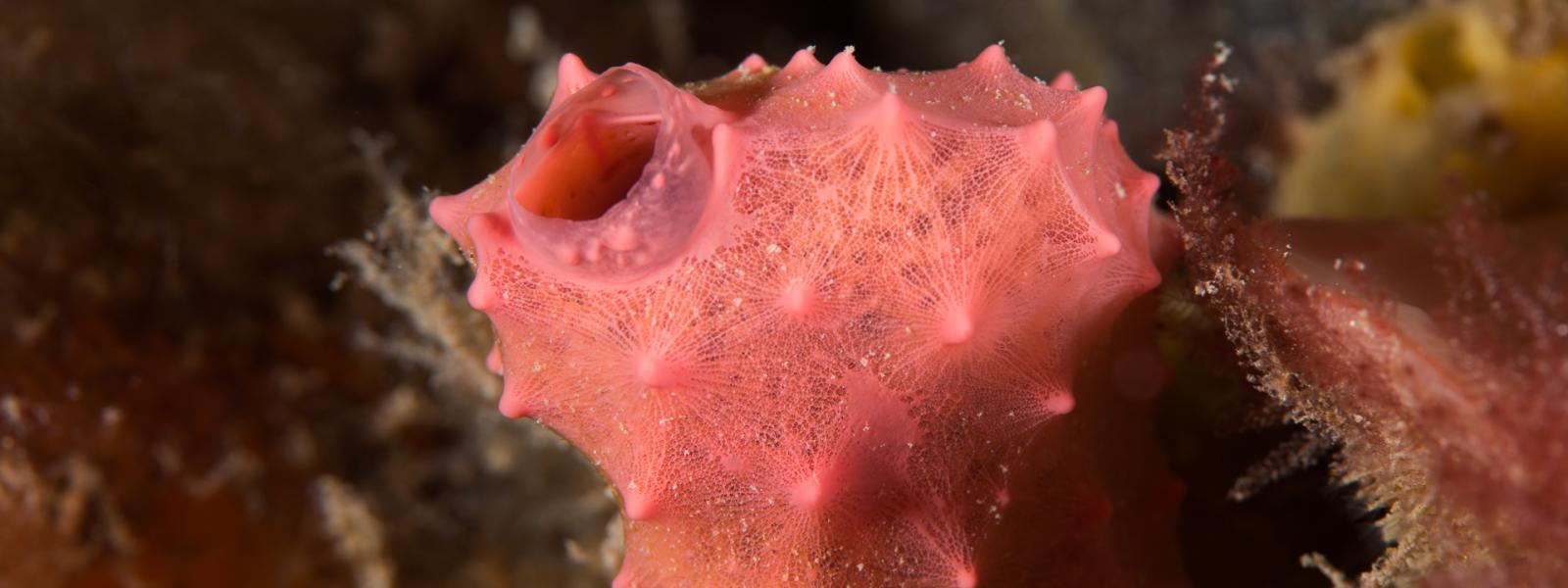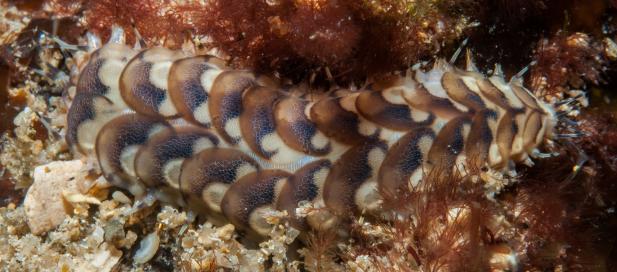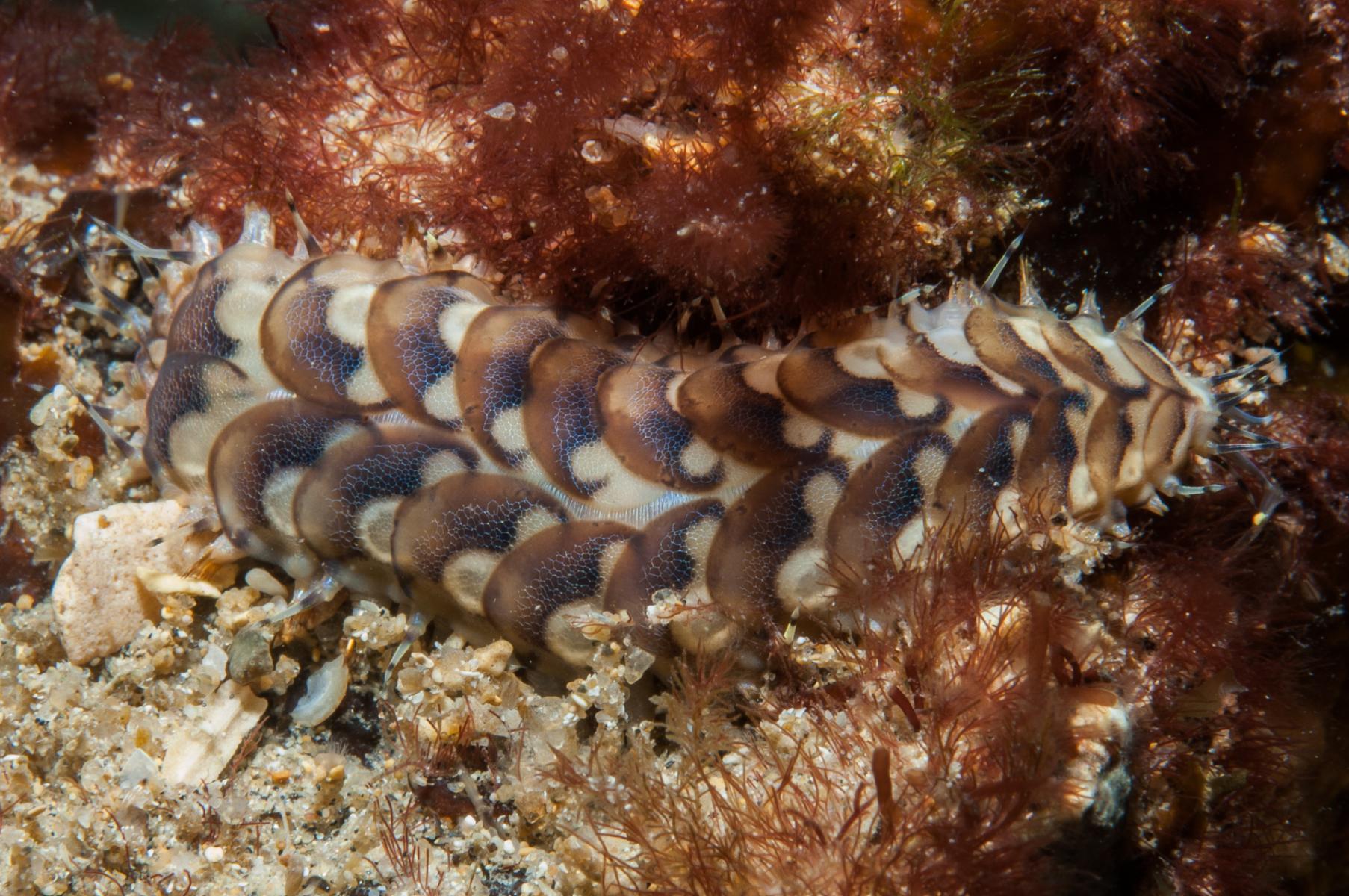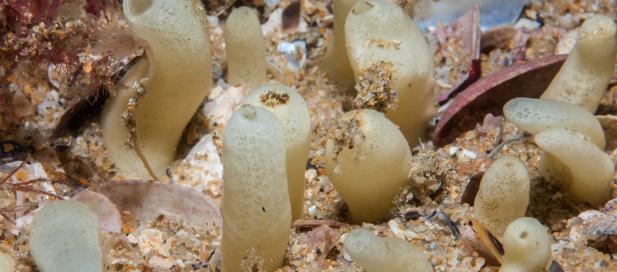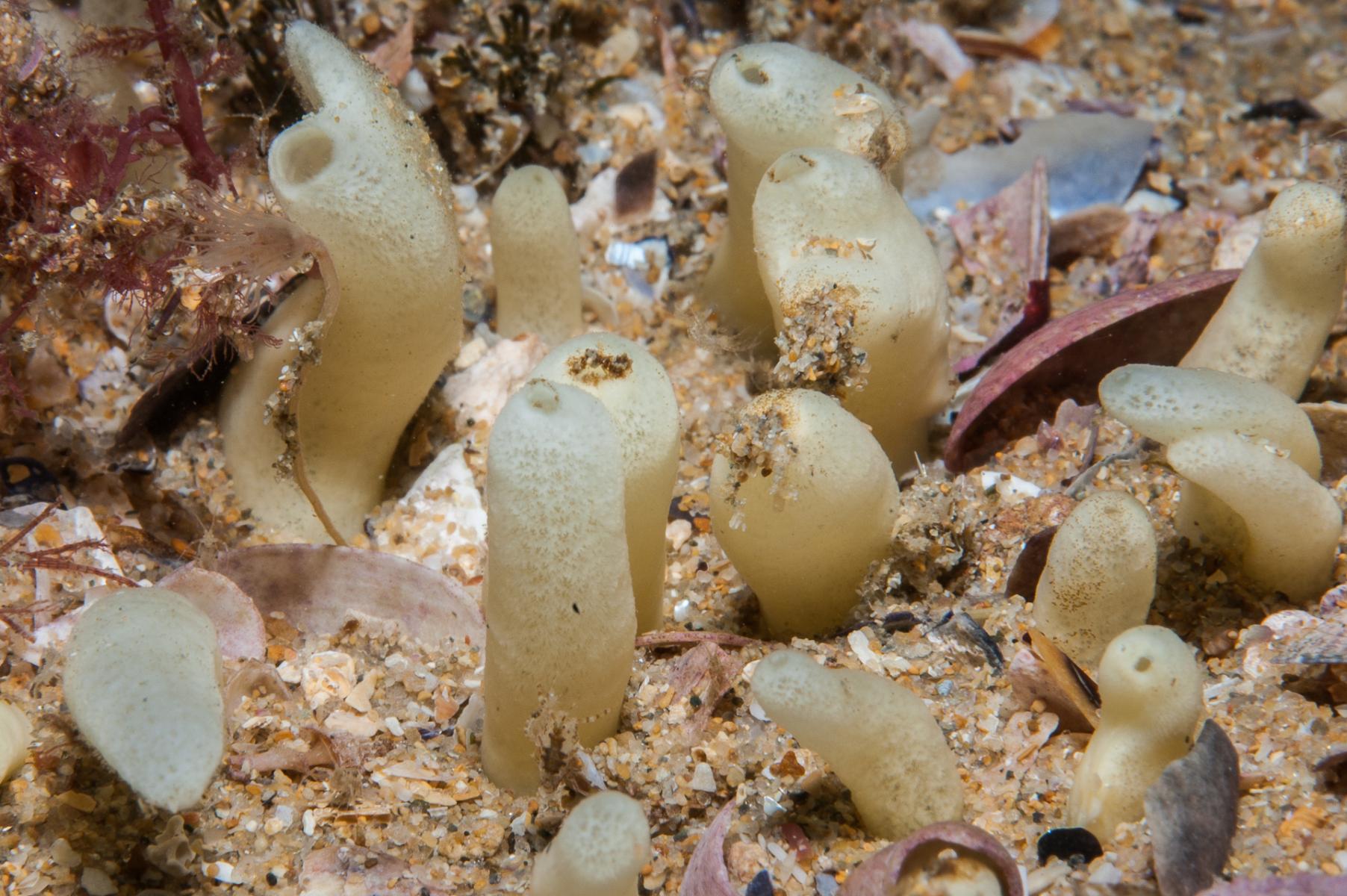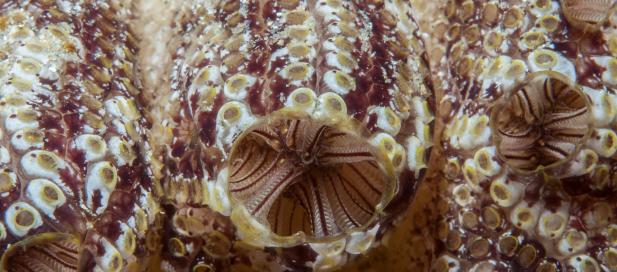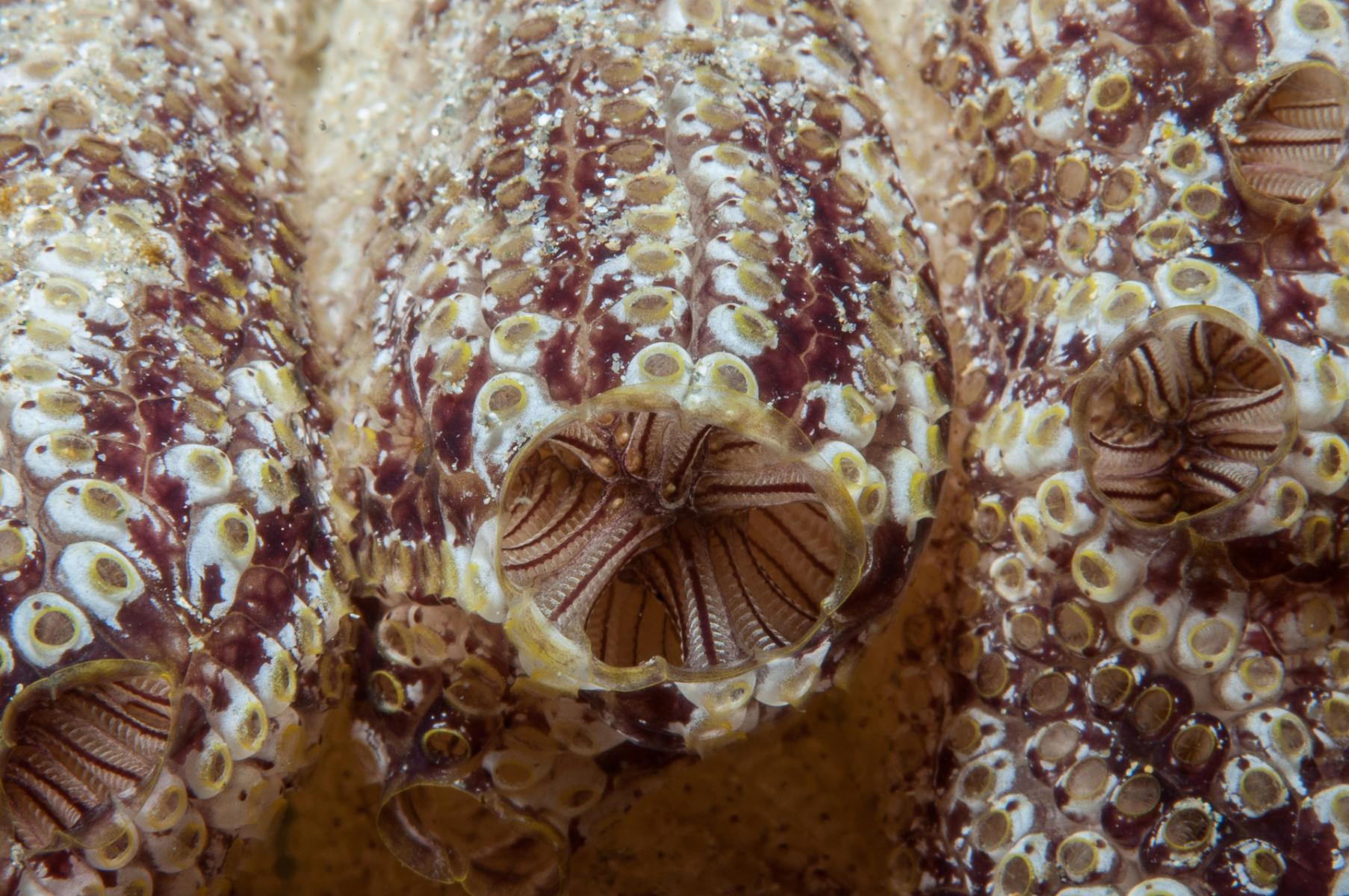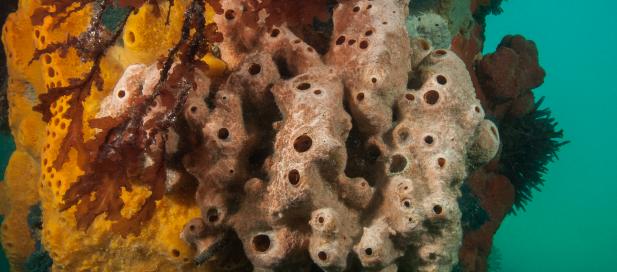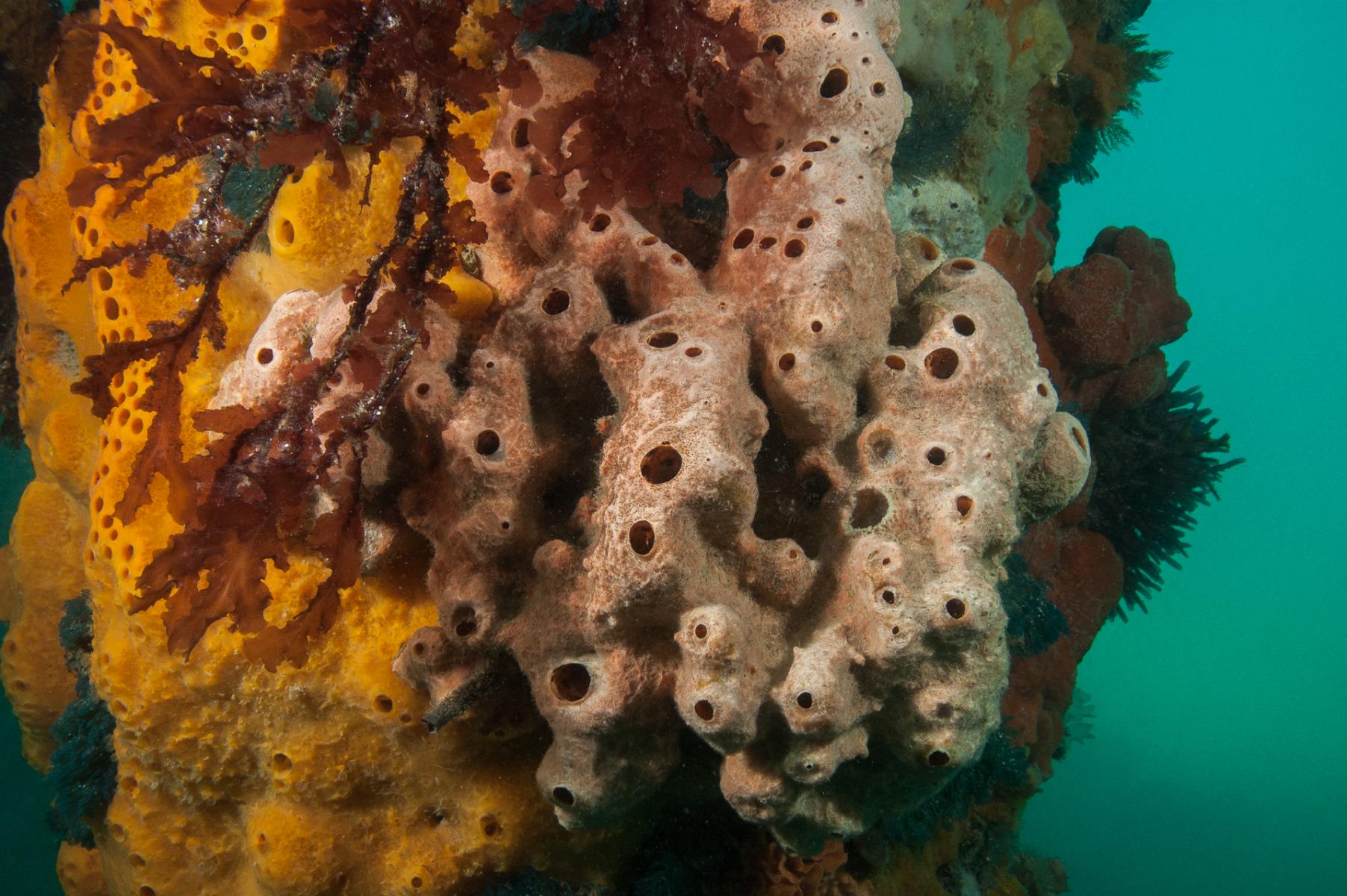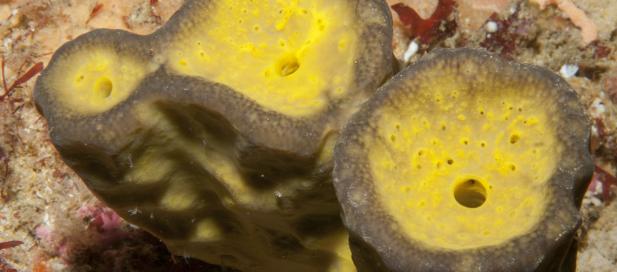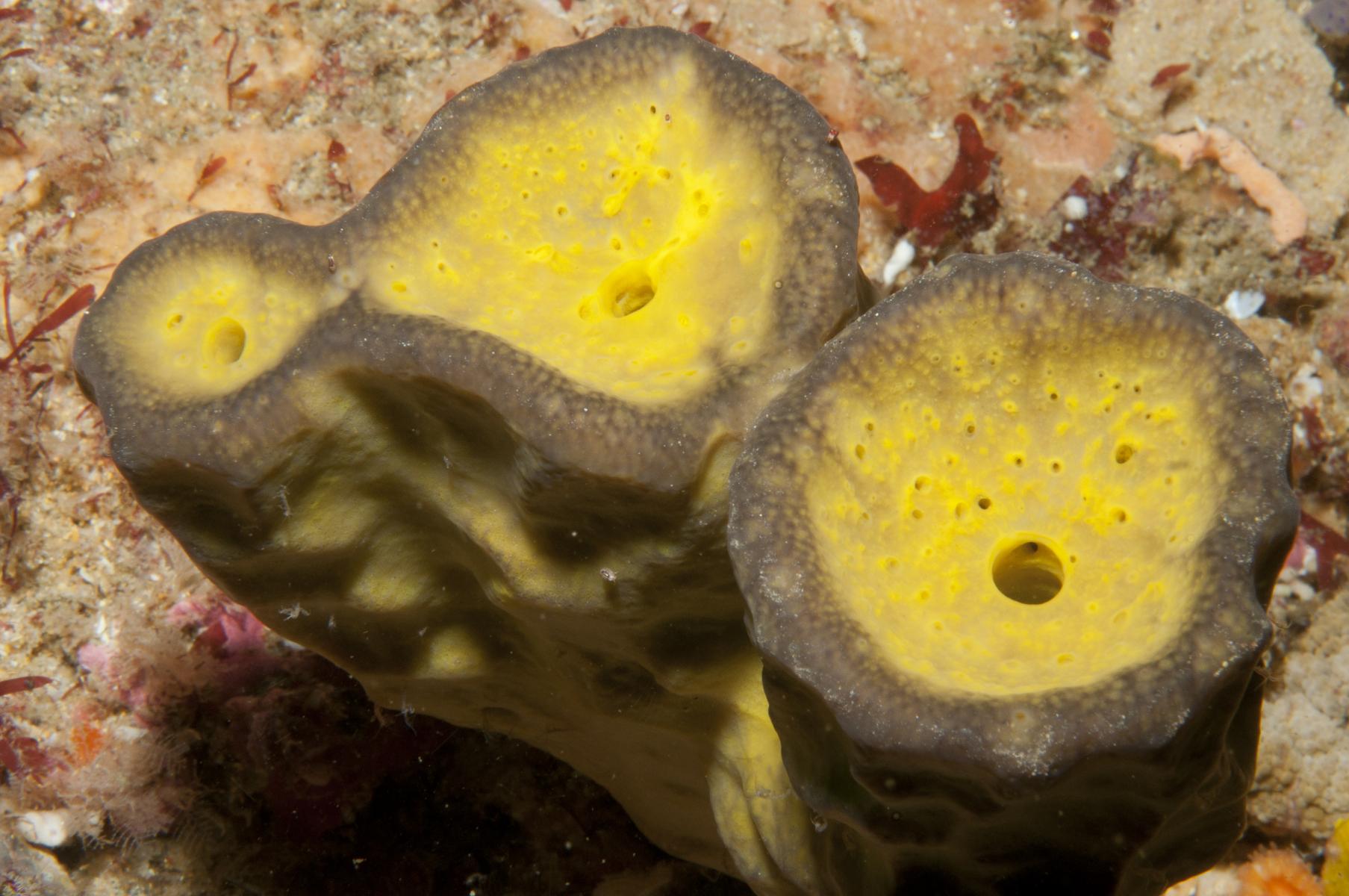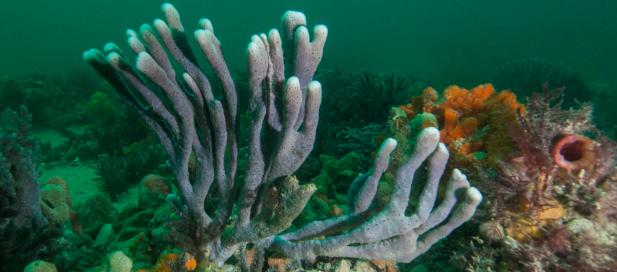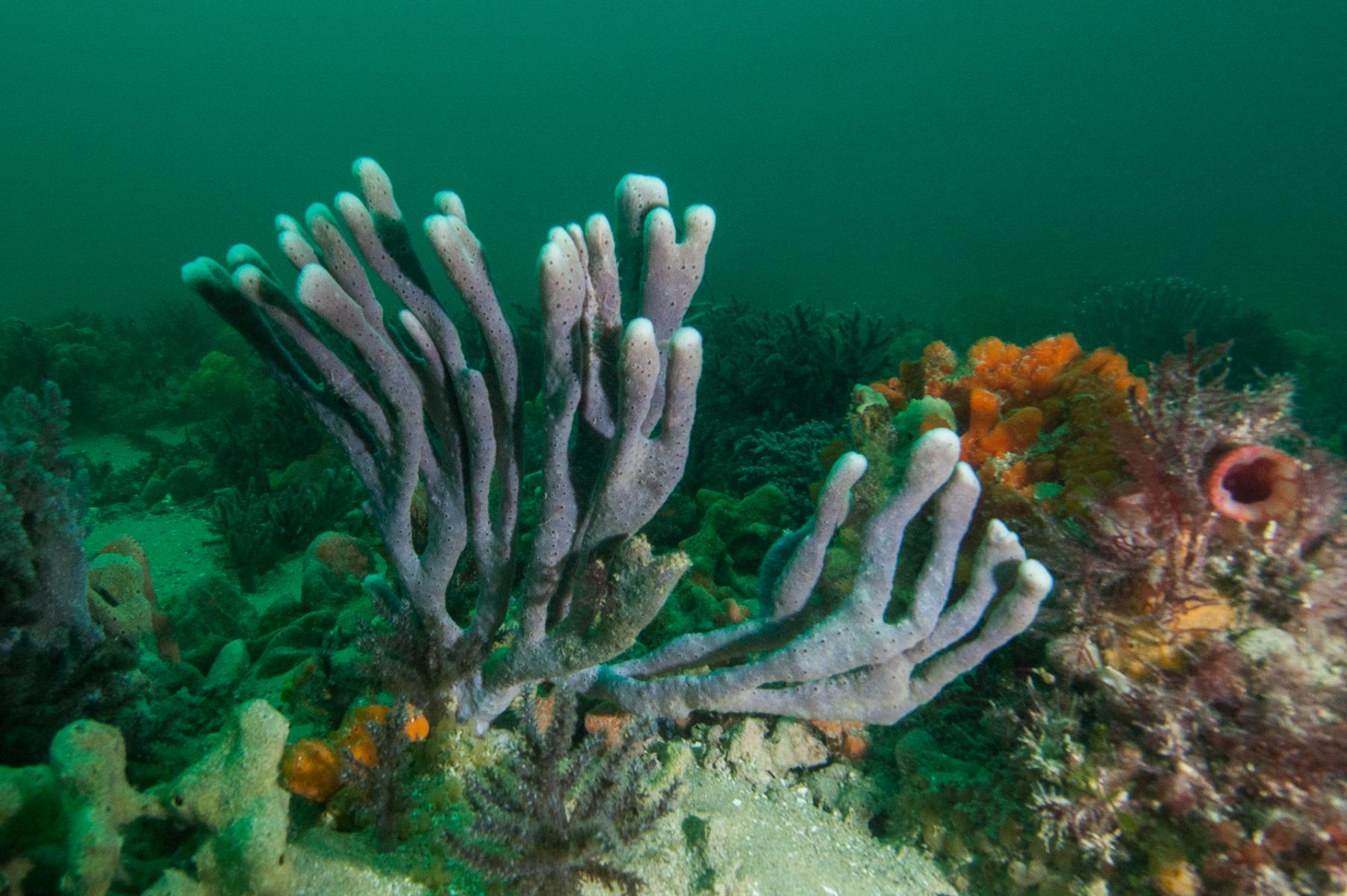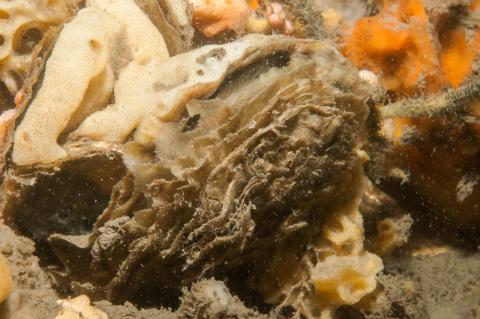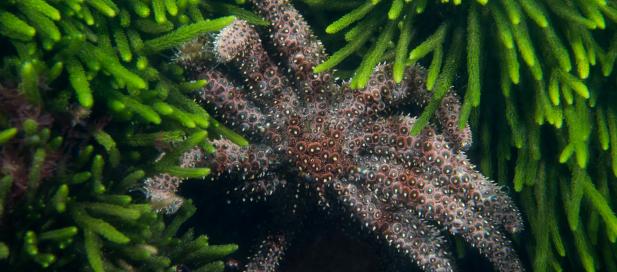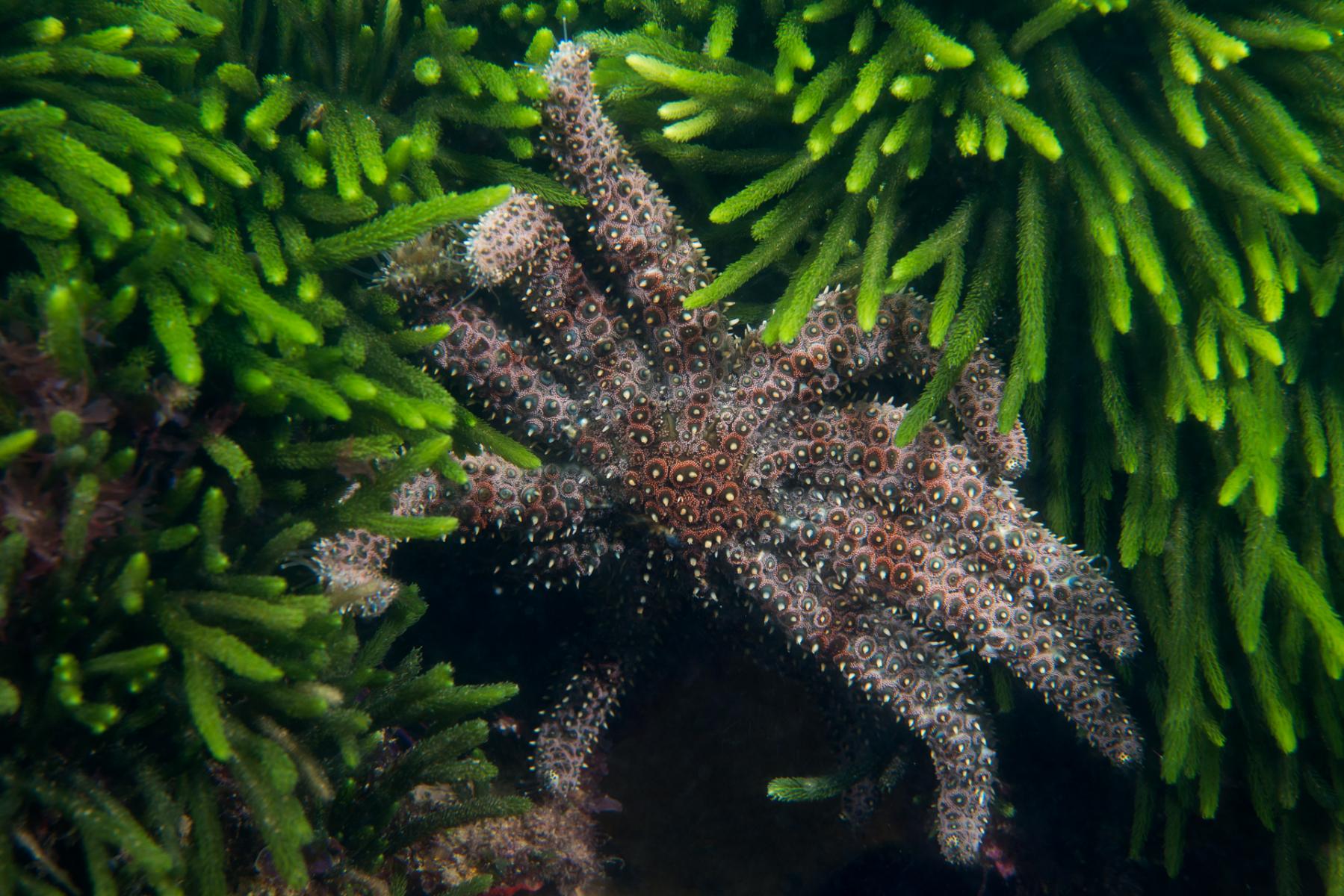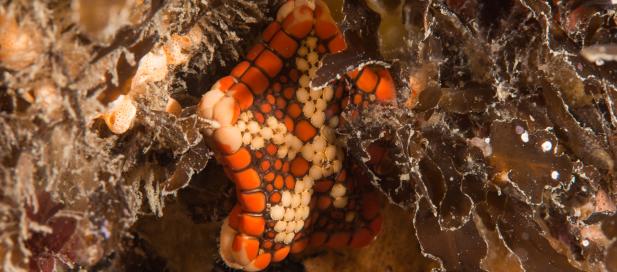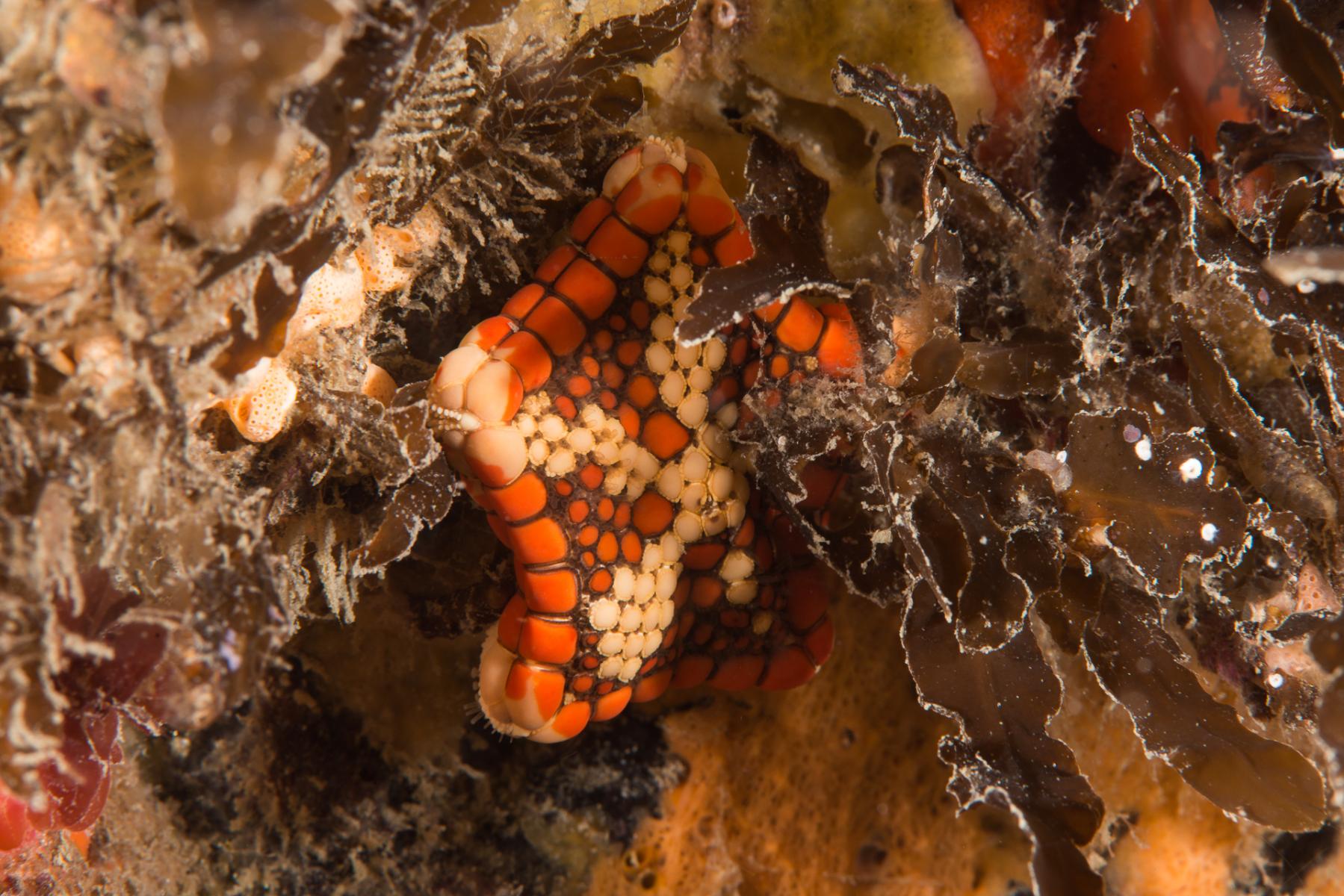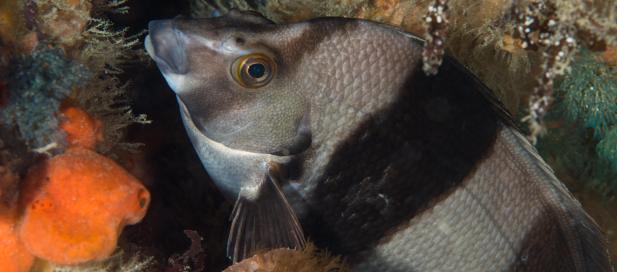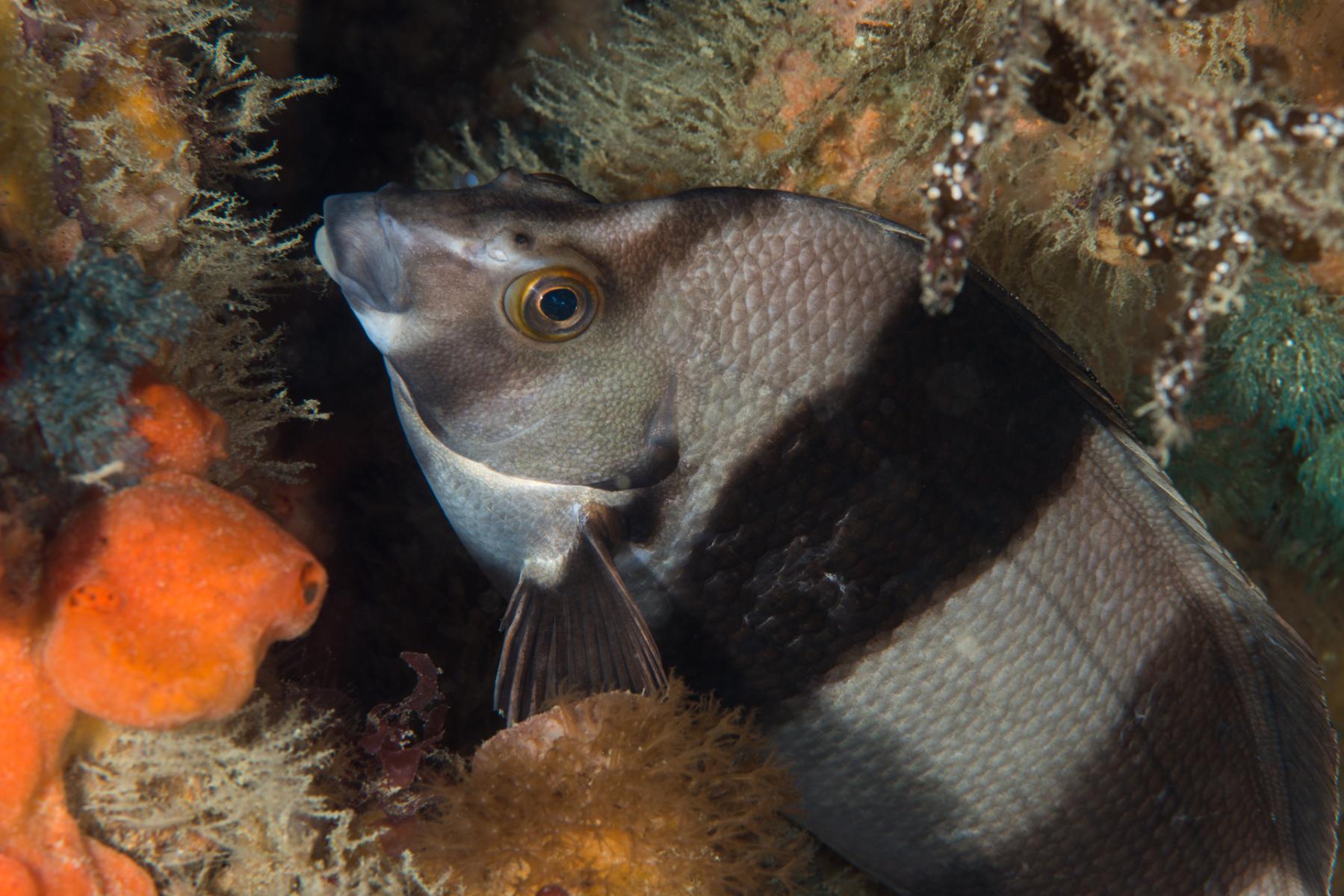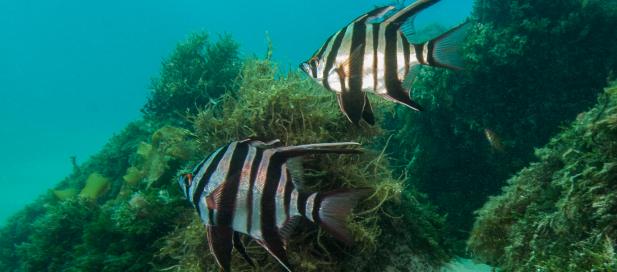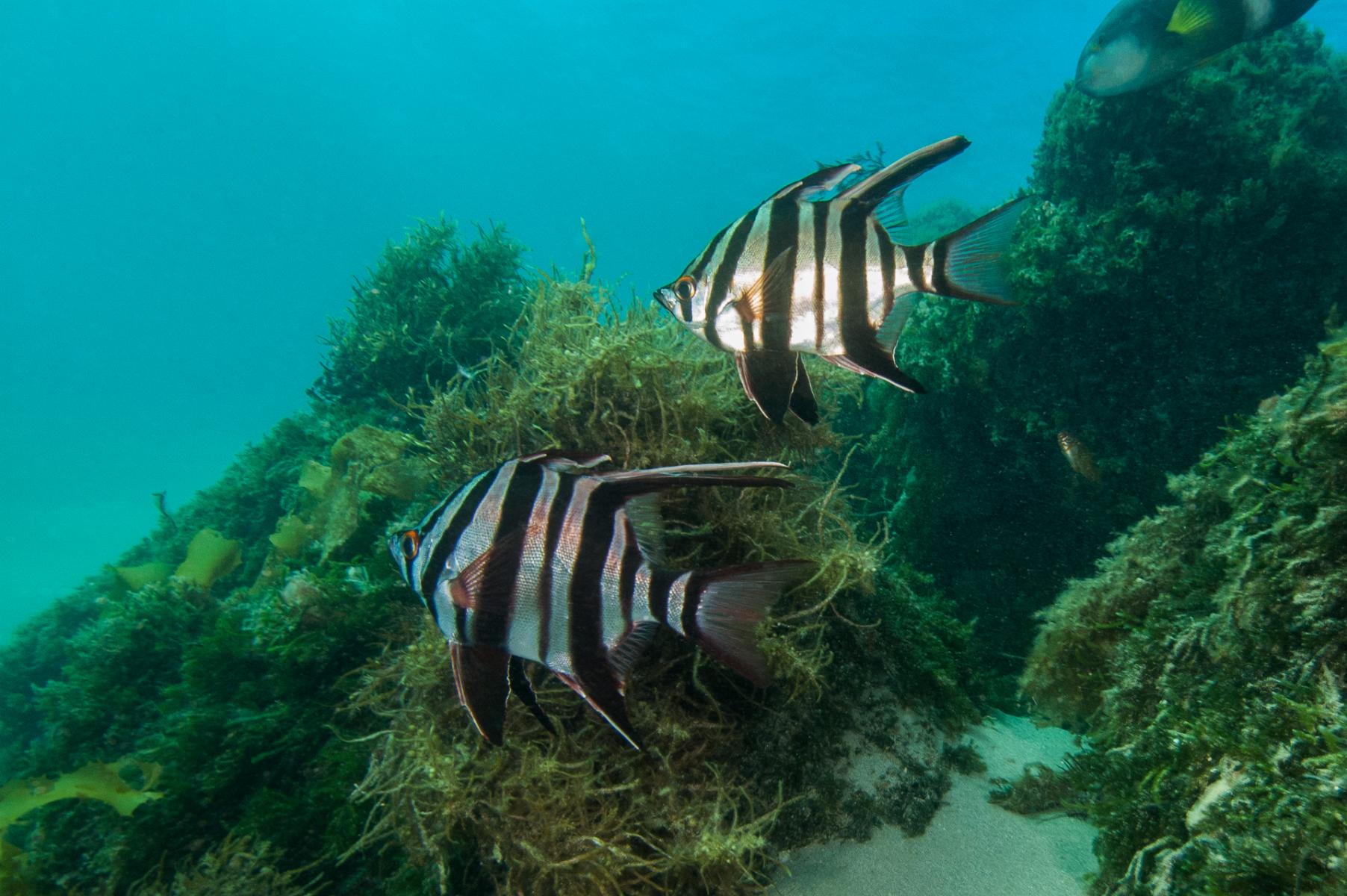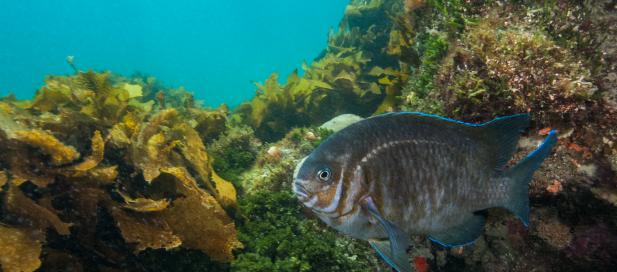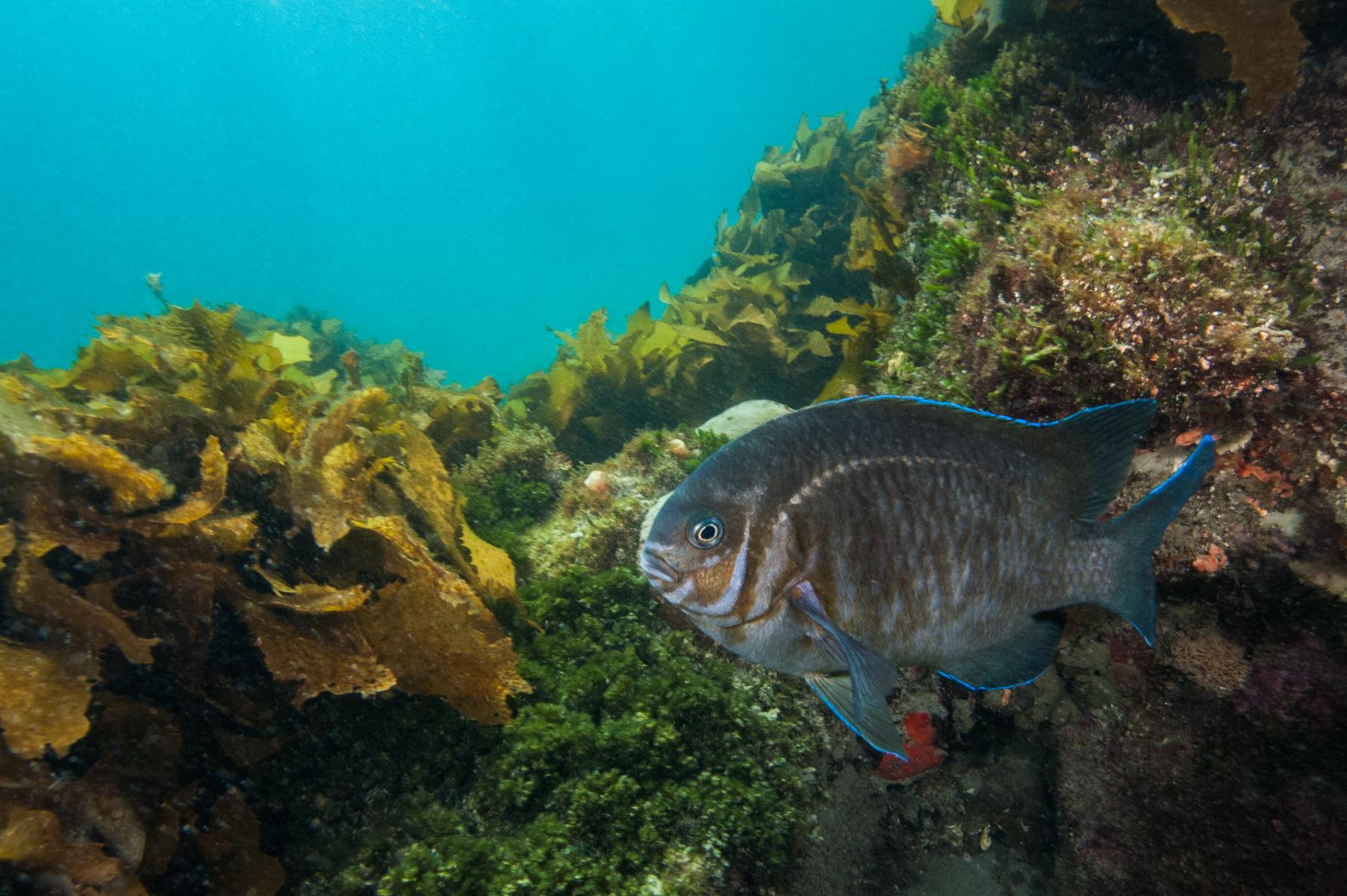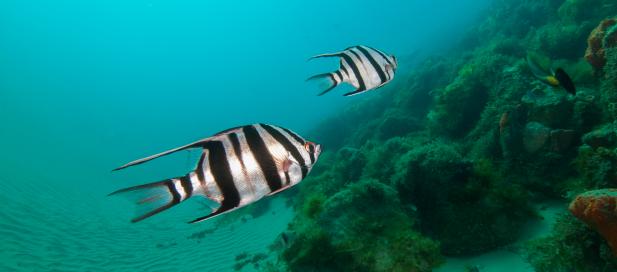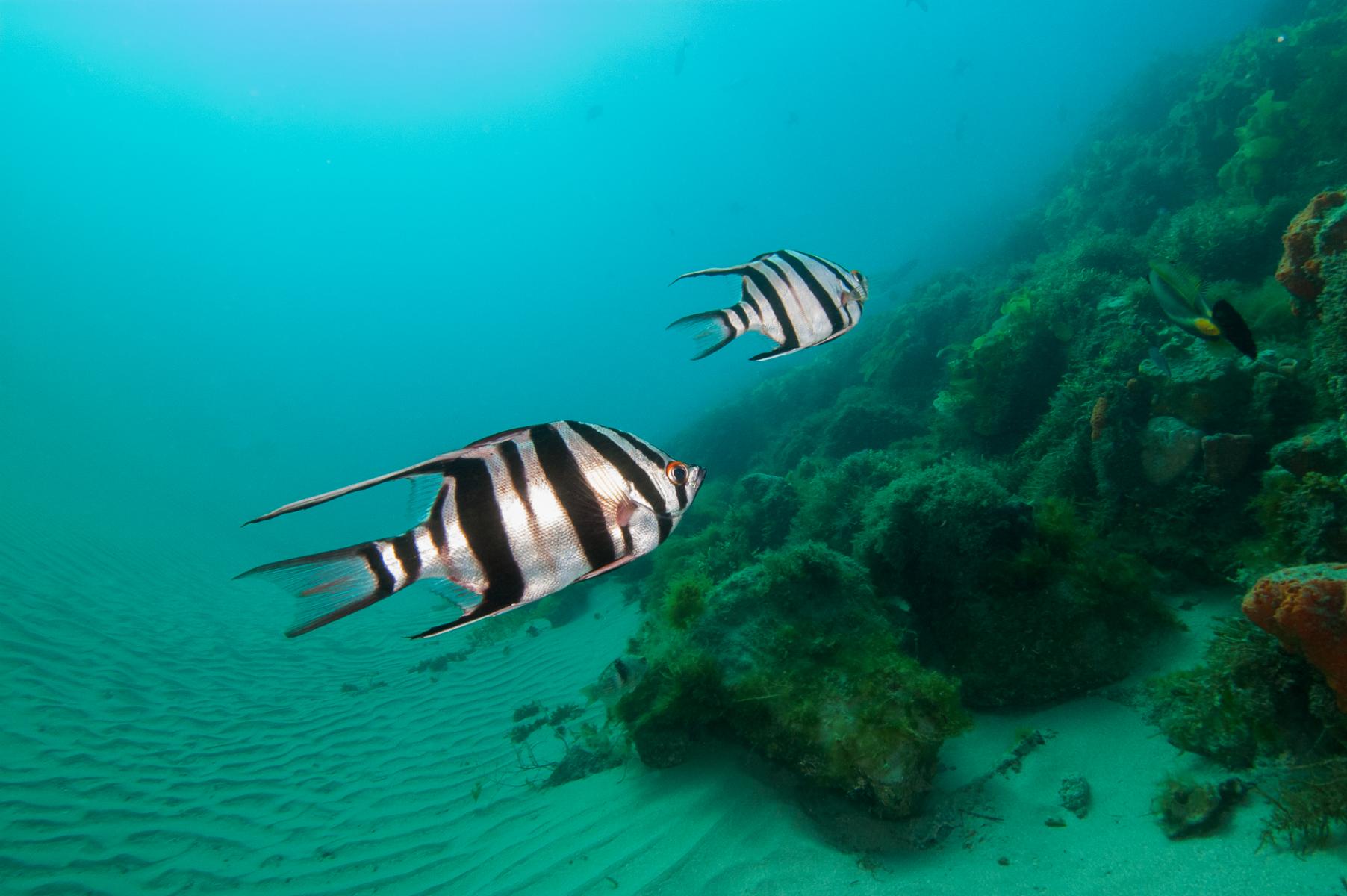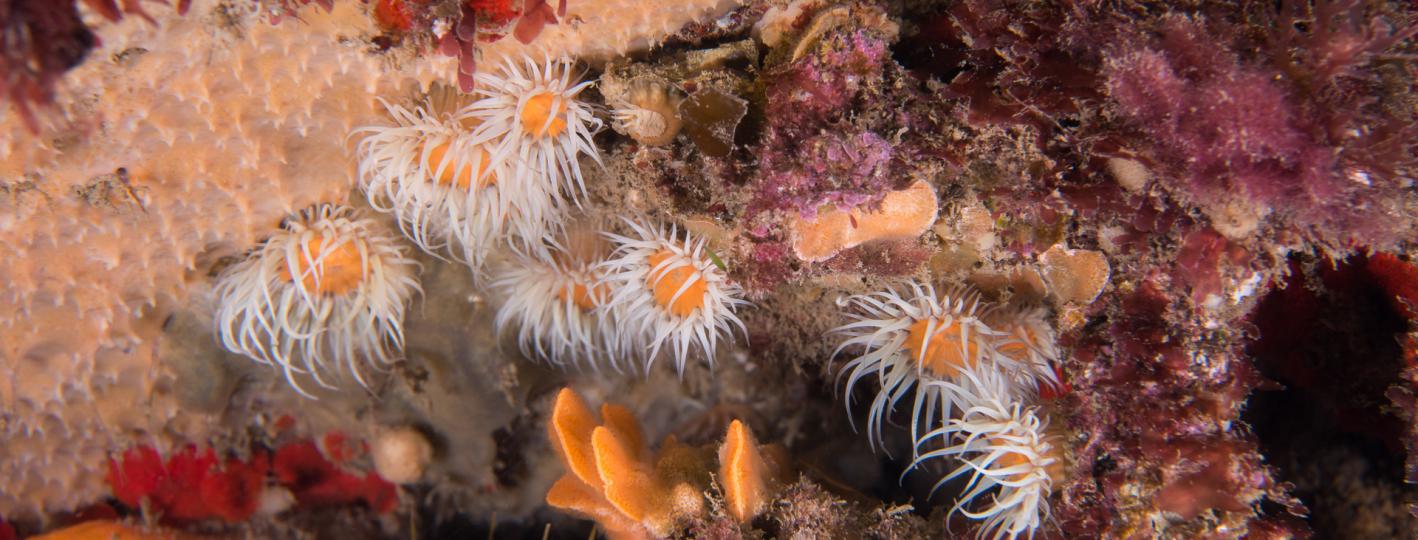Pleistocene epoch
Global climate transformed during the Pleistocene epoch, which started about 2.6 million years ago. Chilling temperatures and expansive glaciers has now come to define the Ice Age. At the peak of this era, 30% of Earth’s surface was covered in ice and sea levels were approximately 120 m lower than today.
Holocene epoch
The Holocene epoch started approximately 11.5 thousand years ago, and reaches to the present day. It is marked by the retreat of the glaciers in an ongoing thawing of the previous Ice Age. The period is defined by a climate which is recognisably warmer and similar to that of today.
Around south-eastern mainland Australia, scientists believe a high level of vegetation replaced the Pleistocene grasslands and herb-fields. Woody plants such as southern beeches began to spread, encouraged by rising precipitation, temperature and rainfall levels, which peaked between 7,000 and 4,000 years ago.
The last 10,000 years
Water filled both bays about 10,000 years ago as a result of the ice sheets melting. Research has been conducted into the rise and fall of sea levels in the bay by using seismic and core dating of the basin’s surface.
Scientists know that the basin dried out during a time of between 2,800 and 1,000 years ago, presumably caused by a sand blockage at The Heads, coupled with high evaporation rates.
The Bunjil Dreaming Story (see animation) recalls a time when Port Phillip Bay was a dry basin, which was used for hunting local fauna.
